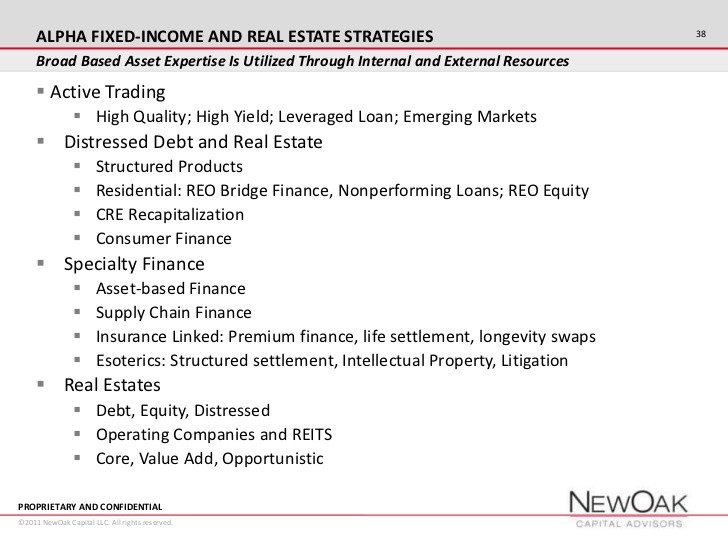Option Matters Risk Management for Active Traders
Post on: 20 Июль, 2015 No Comment

Risk Management for Active Traders
How much money should a trader allocate to any single trade?
Should they buy the stock or should they buy options?
If youre not sure, you are not alone. The majority of investors and traders do not have a system for determining how much is too much to invest in one idea. This is a dilemma that has been debated and written about extensively, yet only generic rules of thumb have really been agreed upon.
The first school of thought is very much founded on the traditional “diversified portfolio theory” that there has to be enough positions to dilute the impact of an outlier stock move against you. In many cases it would involve numerous, equal weighted position. While this in fact is a mathematically proven technique, it does have two key obstacles:
- While diluting risk, it equally dilutes returns.
- For a trader that is focused on a regular rotation of stocks, one must take into consideration the transaction costs for many small sized trades.
The second school of thought is that it is not about how much you invest but rather how much you have to risk. This is a compelling proposition as you could own more of the low beta stocks and take smaller positions in the high beta, high volatility trades. This is often expressed as a percentage, most often referenced as a 1% rule. This is the idea that if you had a $200,000.00 portfolio, you would risk no more than $2000.00 on any one trade. So a 10% stop loss on BCE would allow a $20,000.00 trade size, while a 25% stop loss on Blackberry would limit the trade size to $8,000.00.
While these risk and money management techniques have a good quantitative support to them, both strategies have a considerable new angle to them when we combine active option strategies like protective puts. To learn more about put protection, watch the short educational video:
When an investor commits to a specific methodology, options can complement the approach. Let us use the previous example of the trader with $200,000.00 portfolio. This trader has decided that a $2,000.00 max risk per trade (1%) would be within his trading rules.
Investor wants to own BCE for a potential move higher.
- BCE is trading at $48.00.
- A 10% stop loss would be at $43.00 or approximately $5.00 lower.
- Trader purchases 400 shares or $19,200.00 of BCE shares.
- If stopped out, assuming there is no slippage or dividends paid, the trader would realize the $2,000.00 loss.

Alternatively, an options trader can consider an options strategy.
- BCE is trading at $48.00.
- A 2 month $46.00 put option is trading for $0.25.
- Trader can purchase 800 shares or $38,400.00 of BCE shares.
- If the trader is forced to exercise the put options, assuming there is no dividend paid, the trader would experience a $2.25 loss per share ($2.00 stock / $0.25 options), for a $1,800.00 maximum loss.
The trader has now reduced the need for diversification and the need to trade a smaller position size because the option was able to provide a fixed and defined worst case scenario.
The trader also gets to participate in the upside of the stock with double the shares, which gives a much more rewarding payoff for being correct.
What is the downfall?
There is a higher probability of maximum risk being hit. Using its current implied volatility of 11.25%, a “probability at end” calculator suggests a 17.14% probability that the stock will be below $46.00 in two months for a max risk stop out using the protective put.
At the same time, the trader’s maximum risk using just a traditional stop loss at $43.00 suggests a 1.03% probability of being stopped out at $43.00 over the same two months of the option protection.
This is the trade off.
Buying more shares and utilizing protective puts allows the trader to margin and leverage the trade to maximize upside potential if correct, but also considerably increases the probability that the max risk is realized.
This needs to be customized to each individuals trading style and techniques, but one thing is for certain. By incorporating options strategies like protective puts, it allows investors to redefine risk far beyond the traditional and well publicized techniques.














